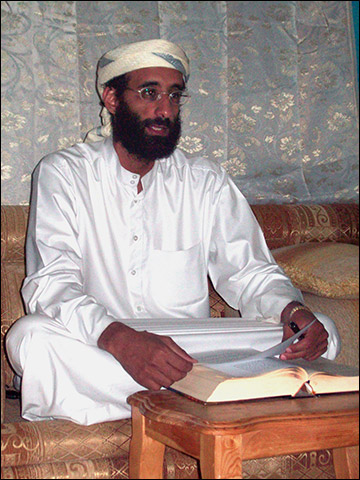Amy Davidson
The New Yorker
April 23, 2014

On Monday, a three-judge panel of the Second Circuit Court of Appeals disagreed, saying that the government was wrong to turn down a Freedom of Information Act request for the memo from the American Civil Liberties Union and from two Times reporters, Charlie Savage and Scott Shane. Pending an appeal, we’ll all get to read the O.L.C.’s work, and to decide whether its reasoning is clever and persuasive, or not. The case is important: first, because it would be good to know under what circumstances the White House thinks it can kill Americans without a trial. More than that, the decision turns on what has become, especially after Edward Snowden’s leak of N.S.A. documents, the crucial point in the debate over civil liberties and security: the government gets to have secrets, but it doesn’t get to have secret laws.
“We emphasize at the outset that the Plaintiffs’ lawsuits do not challenge the lawfulness of drone attacks or targeted killings,” Judge Jon Newman wrote. (The other two judges were José Cabranes and Rosemary Pooler.) Instead, the plaintiffs wanted the documents “setting forth the Government’s reasoning as to the lawfulness of the attacks.” In a democracy, this should count as a pretty basic request. Any classified details could be redacted. That is different from keeping the whole thing secret, which, because of a possible appeal, means that for the moment the very description of the memo in the decision reads like this:
The OLC-DOD Memorandum has several parts. After two introductory paragraphs, Part I(A) reports [redacted]. Parts I(B) and I(C) describe [redacted]. Part II(A) considers [redacted]. Part II(B) explains [redacted]. Part III(A) explains [redacted], and Part III(B) explains [redacted]. Part IV explains [redacted]. Part V explains [redacted]. Part VI explains [redacted].
The Emergency Election Sale is now live! Get 30% to 60% off our most popular products today!


